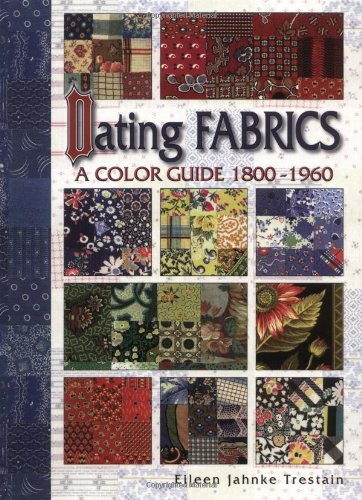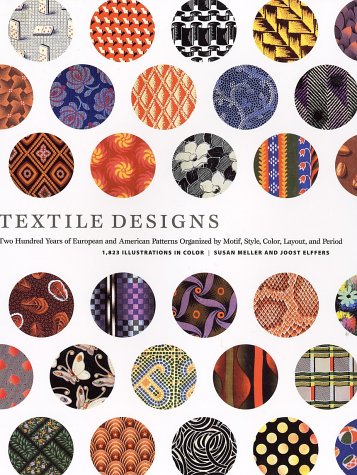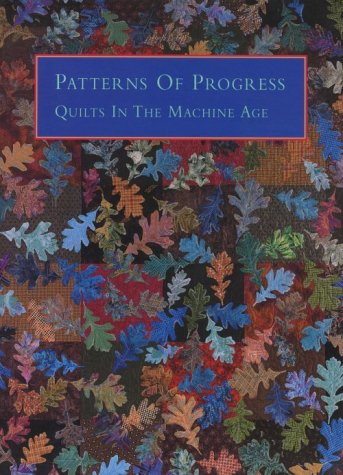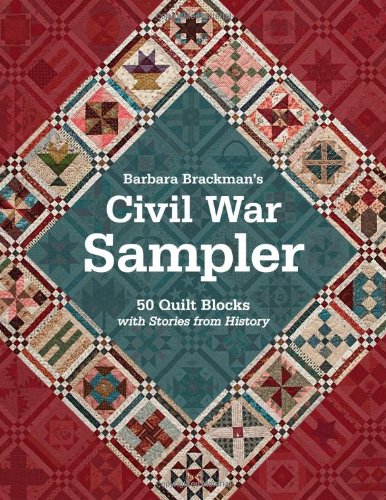When I started reenacting/doing living history, I was looking for a reason to dress up. Over time that rationale has morphed into dressing up as a way to teach others about history (creating 'the look' of a time), and--as I've lately come to realize--to teach myself more about how people lived and performed various activities.
Exhibit A: Wearing a Corset.
When I started living history, I expected to be somewhat hampered by the clothing: that I'd need to learn a different way of moving, and that some activities would be difficult or even impossible. As it turns out, very little is impossible (no back bends), and the operative d-word is actually 'different'.
Even among living historians corsets have a reputation as uncomfortable, problematic, or even downright dangerous. They've been out of mainstream wear for a good 3 generations, leaving a nebulous mythology of Scarlet O'Hara's tight-lacing, professional invalids, professionals of another sort, and 'fainting couches'.* I've seen visitors (who had just commented on the group's good posture) visibly flinch when it's mentioned that the ladies present are, in fact, wearing corsets. Others have assumed that I'm not wearing one because I'm doing 'X' activity, or that women of the period didn't do 'X' because of corsets, or that corsets of the period must be different from the one I'm wearing because I can do 'X' while wearing it. (For the record, the following list is largely based off my experience wearing 1850s/1860s corsets--either gored or shaped-seam styles--which are somewhat shorter in the torso and less heavily boned than some other time periods).
Activities I have done while wearing a corset:
- Dance (ballroom, contra, swing...)
- Cook over a fire or on a stove
- Split kindling with an ax
- Start a fire
- Sing
- Pick apples
- Scale a low fence
- Jog/run (not recommended)
- Wait at table
- Move furniture
- Shoot arrows (also tried throwing a tomahawk once, but I'm apparently very bad at it)
- Nap
- Eat
- Dig potatoes
- Play games (rolling hoop is a bit tricky, see #8)
- Strike tents
- Act in a theatrical
- Drive a car
- Style hair (own or others)
- Help others to dress
- Ride the bus
- Jump over puddles
- Tie my shoes**
Things that I can't do in a corset:
- Slouch
- Overeat
- Some Yoga poses
'No slouching' is the really noticeable bit, in my opinion. It can be bit weird and somewhat tiring to sit up straight all the time--and it makes modern car and movie theater seats really annoying, as leaning backward isn't comfortable--but the corset also provides ample back support. I can and have sat down to elaborate dinners in period dress, and enjoyed many of the delicacies offered, but learned that you need to take small portions if you want to try everything. You can even do a number of yoga poses while wearing a corset--just not all of the ones involving lots of torso flexibility (though I can still touch my toes).
In all cases, the different ways of moving become more intuitive with practice. You can't bend much at the waist, so you bend at the knees when tying your shoes or lifting an object. You walk briskly rather than running because it's easy to get out of breath (though, even with snug laces I can sing or do moderate exercise without trouble). Stretching to pluck an apple is no problem--from the corset at least, dropped armscythes are another issue. Straight-back period chairs are actually really comfortable when your only option to sit up straight.
The other thing that gets easier with practice is actually wearing the thing. When I was dressing 5+ days a week this summer, I found myself getting dressed a bit faster each time. The 'comfortable snugness' also changed with practice: I adjust my laces based on feel rather than measurement, and by the end of July most of my dresses were getting loose at the waist because my comfortably laced corset was tighter than it had been in June.
For a while there, not wearing a corset actually started feeling really strange; I remember taking a walk one day and just feeling really weird about my posture and carriage, only to realize that it was the just second time in ten days that I'd been in modern attire. It was certainly a different perspective: not so much 'liberated' as 'awkward and somewhat exposed'. A feeling shared, I imagine, by those dress-reformers who went without stays (not all of them did) in the 1850s, by some of the women adopting the early regency/directoire fashions of the late 1790s, and by many young women after WWI.
The only time I've found a corset really uncomfortable is when I've laced it too tightly (not worth, won't repeat), or when a bone works it's way loose and started poking me in the hip or shoulder. Bits of metal hurt. The plastic's better in that respect--my first two corsets had plastic boning--but in all other ways, 1/4" spring steel really is more comfortable. It gives better support than featherlight or zip ties, and is much less bulky than the latter.
One thing that's stayed true over time: however comfortable a corset is to wear, however good the support (think your favorite bra times about a million), taking it off always feels really nice.
*The true purpose of a chaise lounge is, of course, posing dramatically. For maximum effect, clutch at your pearl necklace with one hand, while dramatically holding the other up to your forehead. Employ smelling salts as desired.
**Nonetheless, I prefer to take care of my shoes and hair first when getting dressed in period attire, particularly the shoes

































